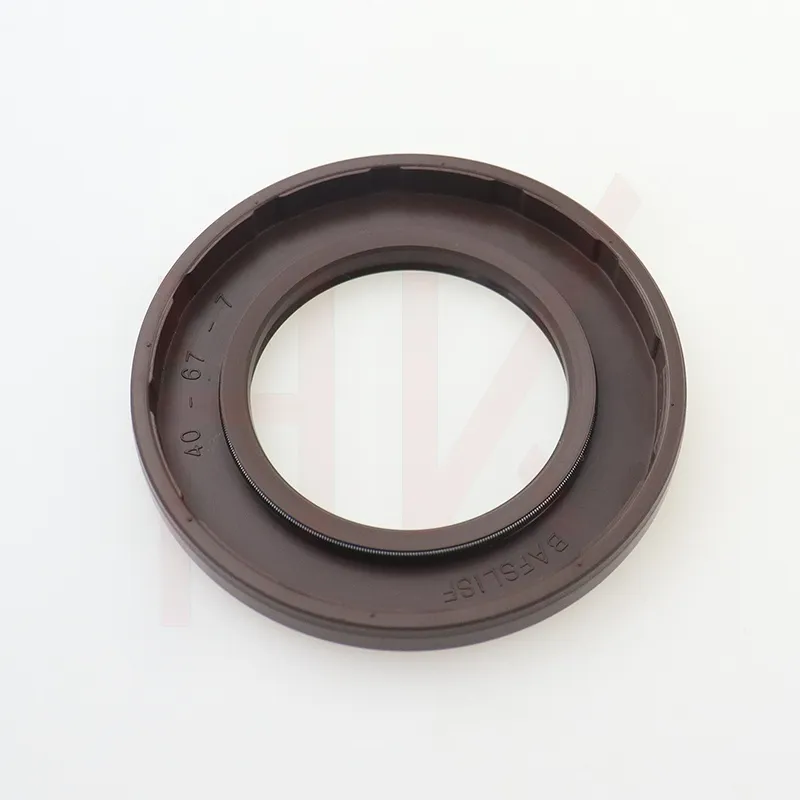10 月 . 14, 2024 10:08 Back to list
replacing seals on a hydraulic cylinder
Replacing Seals on a Hydraulic Cylinder A Step-by-Step Guide
Hydraulic cylinders play a crucial role in various machines and equipment across industries, from construction to manufacturing. Over time, seals within these cylinders may wear out or become damaged, leading to fluid leaks and diminished operational efficiency. Therefore, replacing seals on a hydraulic cylinder is a critical maintenance task that can help restore functionality and prevent costly repairs. This article provides a step-by-step guide to successfully replacing seals on a hydraulic cylinder.
Step 1 Gather Necessary Tools and Materials
Before beginning the seal replacement process, it is essential to gather all necessary tools and materials. You will need a suitable replacement seal kit, appropriate wrenches, screwdrivers, pliers, a seal pick, a clean work surface, and safety gear (gloves and goggles). Ensure that the replacement seals match the specifications of your hydraulic cylinder.
Step 2 Ensure Safety Precautions
Safety should always come first when working with hydraulic systems. Begin by disconnecting the hydraulic cylinder from the power source. If the cylinder is mounted on a machine, ensure that the machine is turned off. Depressurize the hydraulic system by releasing any stored pressure. This may involve opening a bleed valve or loosening fittings in a controlled manner to let the hydraulic fluid escape safely.
Step 3 Remove the Hydraulic Cylinder
Once the system is depowered, remove the hydraulic cylinder from its mounting location. Use an appropriate wrench to disconnect the hydraulic lines connected to the cylinder. Be prepared for the hydraulic fluid to escape; have a container ready to catch any fluid that may leak out. Once the hydraulic lines are detached, you can unbolt or unscrew the cylinder from its mounting bracket.
Step 4 Disassemble the Cylinder
With the cylinder removed, place it on a clean, flat surface. Carefully remove the end caps of the cylinder to access the internal components. This often requires removing retaining rings or bolts. Use caution to avoid damaging any components during disassembly. Once exposed, you will see the piston and the seals that need replacing.
replacing seals on a hydraulic cylinder

Step 5 Remove Old Seals
Using a seal pick or small screwdriver, gently pry out the old seals from their grooves. Take care not to scratch or damage the cylinder barrel or other components. Inspect the cylinder for any signs of wear or damage that could also contribute to leaks.
Step 6 Install New Seals
Before installing the new seals, clean the grooves thoroughly to ensure a proper fit. Lubricate the new seals with a compatible hydraulic oil before installation. Gently press the new seals into their respective grooves, taking care to ensure they are oriented correctly and seated firmly.
Step 7 Reassemble the Cylinder
Once the new seals are in place, reassemble the hydraulic cylinder by reversing the disassembly steps. Reattach the end caps securely, ensuring that all bolts and retaining rings are tightened to the manufacturer’s specifications.
Step 8 Reinstall the Cylinder and Test
With the hydraulic cylinder fully reassembled, reinstall it onto the machine or mounting bracket. Reconnect the hydraulic lines, ensuring there are no kinks or leaks. Once everything is securely attached, power the system back on and check for proper operation. Monitor the cylinder for any signs of leaks, and observe its performance to ensure the replacement was successful.
Replacing seals on a hydraulic cylinder may seem intimidating, but with careful attention to detail and the right tools, it can be a straightforward task. Regular maintenance and timely seal replacements are essential for keeping hydraulic systems running smoothly and efficiently.
-
The Power of Advanced Sealing: High-Pressure Solutions for Modern Machinery
NewsOct.29,2024
-
Optimizing Machinery with High-Performance Oil Seals
NewsOct.29,2024
-
Maximizing Machinery Efficiency with Advanced Oil Seals
NewsOct.29,2024
-
Ensuring Equipment Longevity with Quality Oil Seals
NewsOct.29,2024
-
Enhance Equipment Performance with Quality Oil Seals
NewsOct.29,2024
-
Custom Oil Seals for Specialized Machinery Needs
NewsOct.29,2024
-
The Role of Wiper Seals in Dust Sealing and Oil Protection
NewsOct.20,2024
Products categories
















